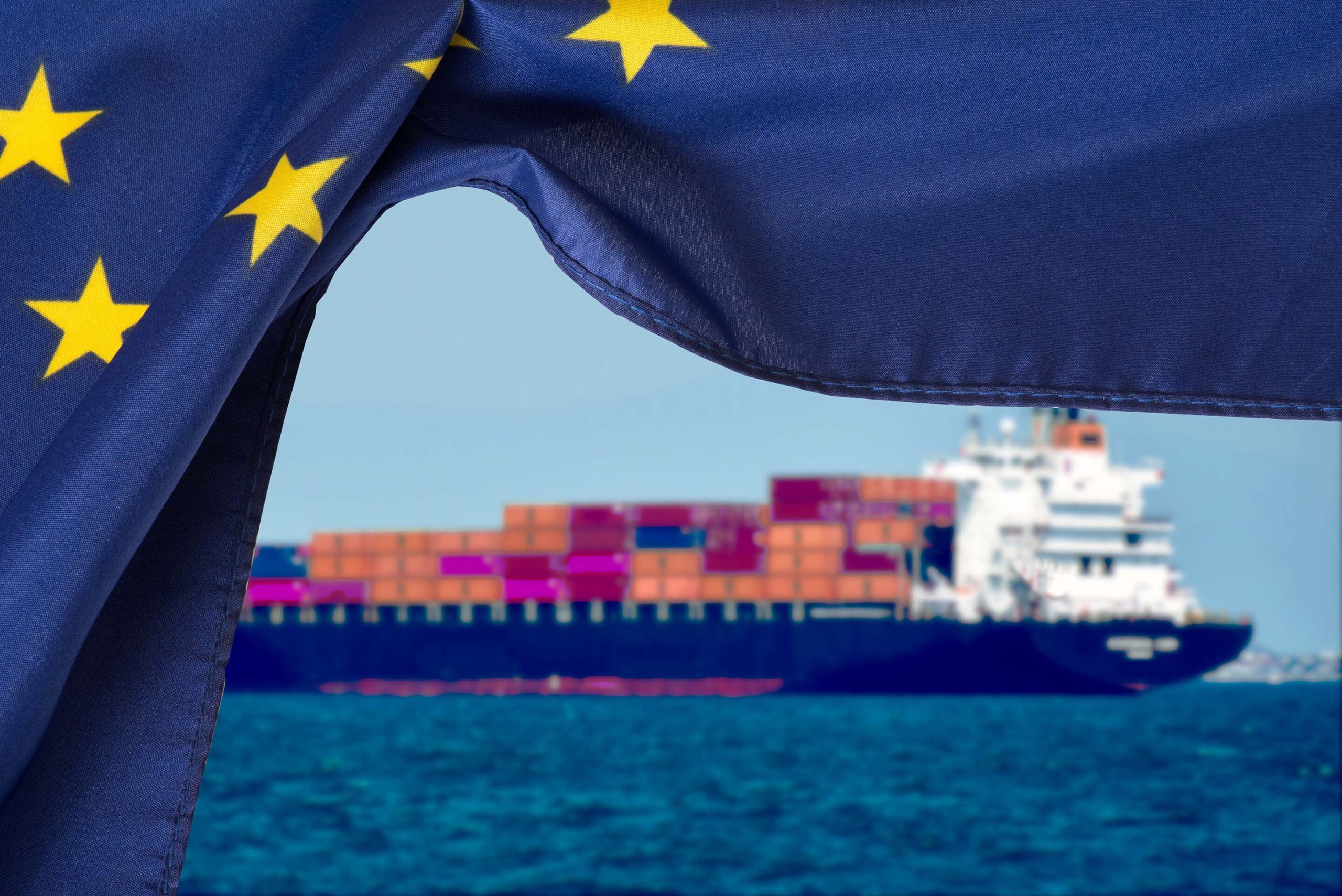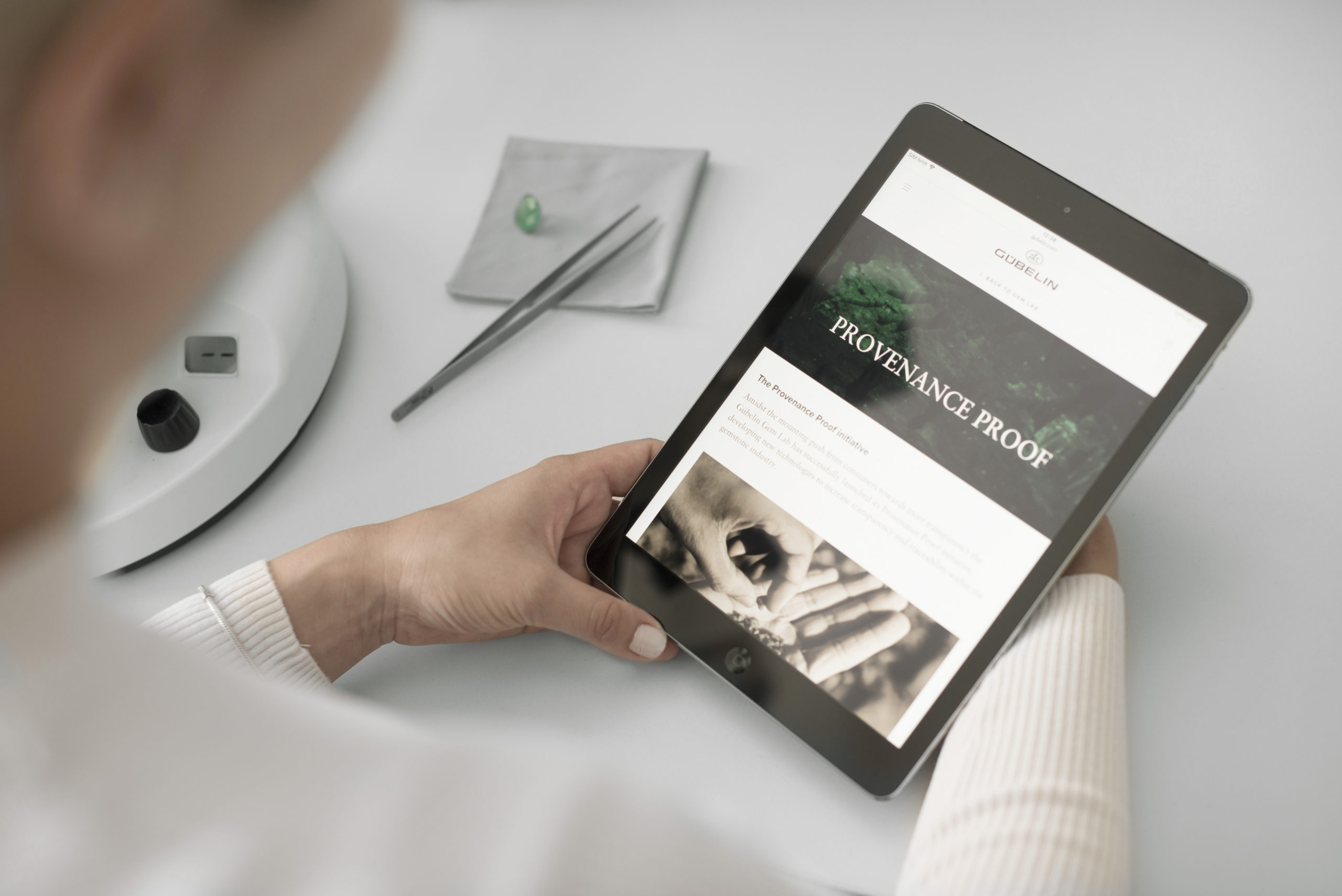BY ERIC ROBERTSON // Product Owner Wine & Spirits
New generation intelligent labels combine with blockchain to offer reliable authentication.
At Everledger, the digital transparency company, authenticating wine is as much about the bottle as it is about all the data that surrounds it. Everledger was the first to put a bottle of wine on the blockchain in 2016, and today has a staff of over 90 in six countries who’ve developed a platform that creates transparency and trust for objects of value such as diamonds, gemstones, art, apparel, and wines and spirits. By capturing key data across the supply chain, from where the grapes were grown to how their juice was fermented, an immutable digital identity for each bottle of wine is created. The highly secure Near Field Communication (NFC) chips embedded into tamper-resistant labels enable access to the unique characteristics of each bottle, secured on the private blockchain, simply by tapping a smartphone on the bottles themselves.
Knowing where wines originate and how they’re made provides conscientious consumers with more clarity too. As University of Puget Sound professor and wine economist Mike Veseth recently noted, “wine companies need to own their supply chains when it comes to climate change and sustainability.” Everledger provides this kind of insight from harvest to hospitality, where all of the events that make a wine unique get recorded on a distributed ledger and are accessed by all in the network or with smart labeling.
NFC + blockchain for wine and spirits
From discrete stickers to heat-shrink capsules, these new intelligent label solutions can be easily applied on wines new or old and direct to a website that details the history of that bottle of wine. There’s no battery in the label or no app needed to access it; just a tap with a phone generates an electromagnetic induction creating a current in the passive chip that reveals a bottle’s data. The point is to elevate the value of wines beyond the label or a review and offer customers a complete picture they can trust in. Brands can also now see where those bottles go in the market and when customers interact with the winery, thus enabling higher transparency and insight for brands.
Everledger is just one of many technology providers offering brands this new avenue for consumer engagement. The easily printed addition of QR codes on labels has been on the market for years to direct customer’s phones to curated digital experiences. Augmented reality campaigns have now gamified a brand’s unique story. The popularity of NFC on caps has increased significantly, especially as most phones nowadays no longer require an app to read them.
Everledger’s solution is determinedly more thorough than just offering site traffic or consumer analytics. We want to provide full traceability on each bottle and transform the very concept of a certificate of authenticity, using the marketability of smart labels and the validating power of the blockchain. It’s also using the blockchain to evolve traditional distribution systems: how wineries accelerate their path to market and get compensated automatically when agreed delivery standards are met.
Wine and Spirits blockchain tracking and security
In 2015, Everledger’s founder and CEO Leanne Kemp laid out a vision for greater authenticity, transparency, and sustainability within industries where provenance matters most, starting first with the jewellery sector. By taking a diamond’s unique identity from its rough to polished form and creating a digital twin, Everledger demonstrated how the real-world state of an object and its record can be reconciled for all in a given supply chain and in real-time. Not all objects, however, are as difficult to alter as a diamond. Wine bottles, after all, are routinely mislabeled and sometimes refilled. There’s a security layer needed to preserve its forensic identity for wine, which is where tamper-resistant capsules and secure NFC technology come in.
“Everledger consolidates over 20 years of experience in RFID and asset management, utilising the vast experience of Leanne and the team in identification technologies to leverage the immutability and trustless verification of blockchain”, emphasises Scott Austin, Everledger’s Senior Vice President and Chair of the IoT committee at AIM. “Our wine solution is a prime example utilising highly secure NFC in unison with blockchain. It’s providing a robust and scalable solution for brand owners.”
Everledger uses NFC tags for either product authentication or security, depending on individual brand needs. NFC chips can be hidden behind a normal label at the point of production or applied to bottles or caps on select vintages in storage. A scan of these tags not only opens landing pages that show the provenance but also offers options to authenticate, sign-up, purchase or claim ownership. In some instances, these tags act more like a lock on the bottle’s closure, detecting opening or even needle attack. Here a scan would reveal if the bottle has been tampered with — and that report is immutably recorded on the blockchain for all supply chain actors to see.
These NFC tags deliver an extremely high level of encryption, where each is encoded in a protected environment. Everledger applies the use of ‘rolling code’ technology as well, where a scan of the tag directs to a wine’s landing page that’s accessible only by changing code. This makes the page nearly impossible to share or copy. To ‘copy’ the authentic NFC and blockchain-backed experience, separate tags would need to be manufactured and encoded with the unique wine ID’s that replicate all of the provenance data from all of the capture points in the supply chain. Then, those duplicate IDs would need to be concealed onto a distributed ledger, which is reliant on globally dispersed nodes to verify immutable transactions.
How digital identities are created
These ‘provenance pages’ can be created and managed by brand owners themselves on the Everledger platform, who attest to the wine’s origin, varietals, harvest dates and lot amounts. Other data like audits on harvest methods or accreditation for designated areas can populate these pages independently and automatically. NFC tags are then encoded, customized, and shipped to the point of production for application or to the brand itself. Once applied, the event is recorded, and pages are linked, enabling customers to verify the wine. Ideally, it’s a process that doesn’t disrupt a winery’s normal bottling or distribution process.
As with any emerging technology, consumer behavior and expectations take time to develop. Any winery seeking to bolster their story of authenticity and sustainability by engaging customers in this way have some educating to do. But with pioneering brands in jewelry and apparel already elevating the value of their wares with verifiable provenance, it won’t be long before more consumers are asking, “is my wine real?”. With Everledger’s anti-tamper solutions, brands will have the answer.










